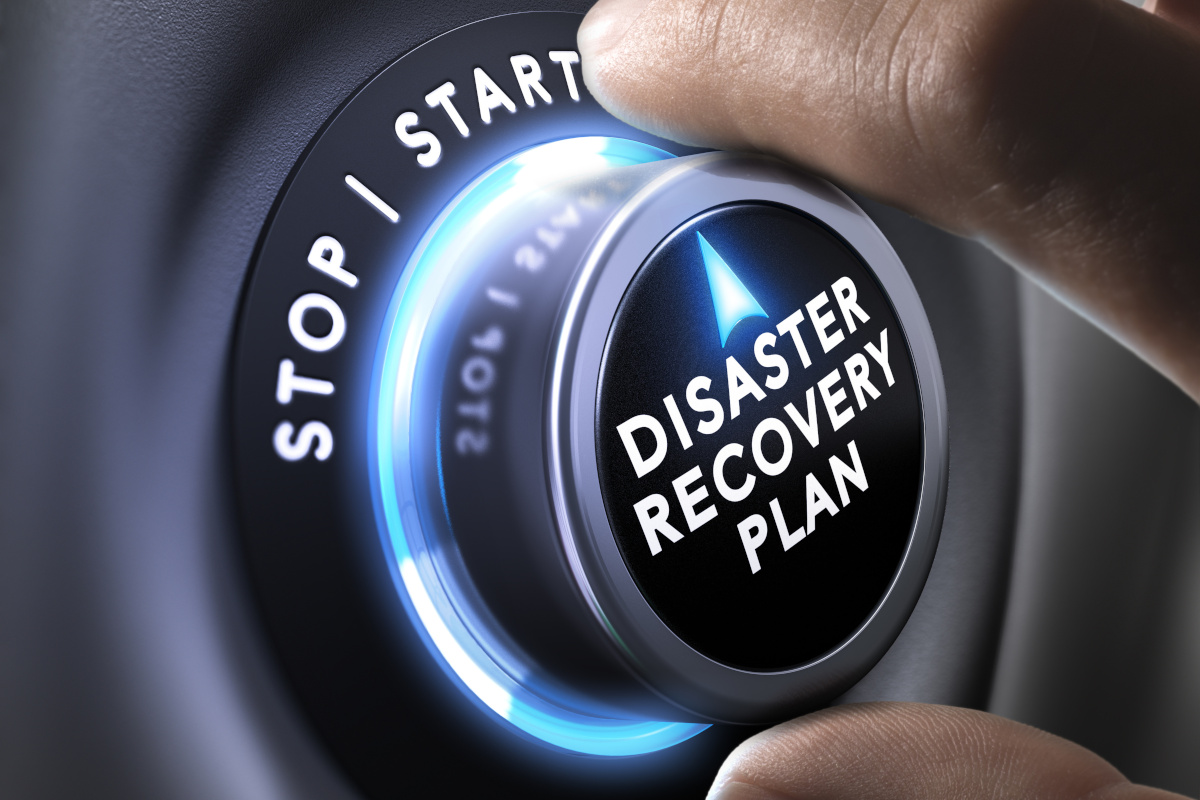Plan for Disasters with Backup and Disaster Recovery Solutions
October 16th, 2023 by Function4

In the fast-paced world of business, where data is the lifeblood of organizations, the ability to recover quickly from disasters is paramount. Whether it's a natural calamity, a cyberattack, or an unexpected hardware failure, disasters can strike at any time. To safeguard your business and ensure uninterrupted operations, a well-thought-out backup and disaster recovery (BDR) plan is essential.
In this article, we will delve into the critical components of such a plan, highlighting the importance of preparedness
1. Assess Your Vulnerabilities
The first step in creating an effective disaster recovery plan is to conduct a comprehensive assessment of your organization's vulnerabilities. Identify the types of disasters that could potentially impact your business, including natural disasters like floods, hurricanes, and earthquakes, as well as digital threats like cyberattacks, malware, and data breaches.
Understanding your vulnerabilities will help you prioritize which systems and data are most critical for your business continuity. It's crucial to involve key stakeholders from IT, operations, and management in this assessment to ensure all aspects are considered.
2. Establish Recovery Objectives
Once you've assessed your vulnerabilities, it's time to establish recovery objectives. Determine the Recovery Time Objective (RTO), which defines the maximum allowable downtime, and the Recovery Point Objective (RPO), which sets the maximum data loss tolerance. These objectives will guide your disaster recovery strategy and help you choose the right backup and recovery solutions.
For instance, critical systems may require a near-instant recovery with minimal data loss, while less critical systems might allow for longer downtime and data recovery windows.
3. Implement a Robust Backup System
A robust backup system is the foundation of any disaster recovery plan. Implement regular backups of your data and systems to ensure that, in the event of a disaster, you can restore your operations quickly and efficiently. Consider both on-site and off-site backup solutions to minimize the risk of data loss.
Modern backup solutions often include features like automated scheduling, versioning, and encryption to enhance data protection. Regularly test your backups to ensure they can be successfully restored when needed.
4. Embrace Cloud-Based Solutions
The cloud has revolutionized disaster recovery by providing scalable and cost-effective solutions. Cloud-based backup and disaster recovery services offer flexibility and redundancy, making it easier to achieve your recovery objectives.
By storing data and systems in the cloud, you can quickly spin up virtual machines, access data remotely, and maintain operations even if your physical infrastructure is compromised. Cloud-based solutions also offer geographic redundancy, further enhancing data resilience.
5. Develop a Detailed Recovery Plan
A detailed recovery plan outlines the step-by-step procedures to follow in the event of a disaster. It should cover roles and responsibilities, communication protocols, and the specific actions required to restore systems and data. Regularly update and test your recovery plan to ensure it remains effective.
Consider creating a recovery team responsible for executing the plan and providing clear guidance to employees during a crisis. Communication is key in a disaster, and ensuring everyone knows their roles and responsibilities can minimize confusion and downtime.
6. Monitor and Update Continuously
Disaster recovery is not a one-time effort but an ongoing process. Regularly monitor your backup and disaster recovery solutions to ensure they are functioning correctly. Test your recovery procedures periodically to confirm they meet your recovery objectives.
Stay informed about emerging threats and technology advancements that could impact your disaster recovery strategy. As your business evolves, update your recovery plan and solutions accordingly to address changing needs and vulnerabilities.
7. Educate and Train Your Team
Your disaster recovery plan is only as effective as the people responsible for executing it. Provide training to your employees so they understand their roles and responsibilities during a disaster. Conduct drills and simulations to ensure everyone is familiar with the recovery procedures.
Additionally, educate your team about the importance of data security and the role it plays in preventing disasters like data breaches. A well-informed and prepared workforce can be a significant asset in disaster recovery efforts.
Disasters, whether natural or digital, can strike without warning, potentially causing significant disruption to your business. A comprehensive backup and disaster recovery plan is your best defense against these unforeseen events. By assessing vulnerabilities, establishing clear recovery objectives, implementing robust backup systems, and embracing cloud-based solutions, you can safeguard your business and ensure business continuity.
Remember that disaster recovery is an ongoing effort. Regularly monitor, update, and test your plan to adapt to changing circumstances and emerging threats. Educate and train your team to be an active part of your disaster recovery strategy. With a well-prepared and resilient approach to disaster recovery, your business can weather any storm and emerge stronger on the other side.
Learn how to protect your business from unforeseen disasters with a solid backup and disaster recovery plan. Discover key strategies and tips for ensuring business continuity and peace of mind.
If you want to learn more about backup and disaster recovery solutions, contact us today.
Posted in: Document Management

